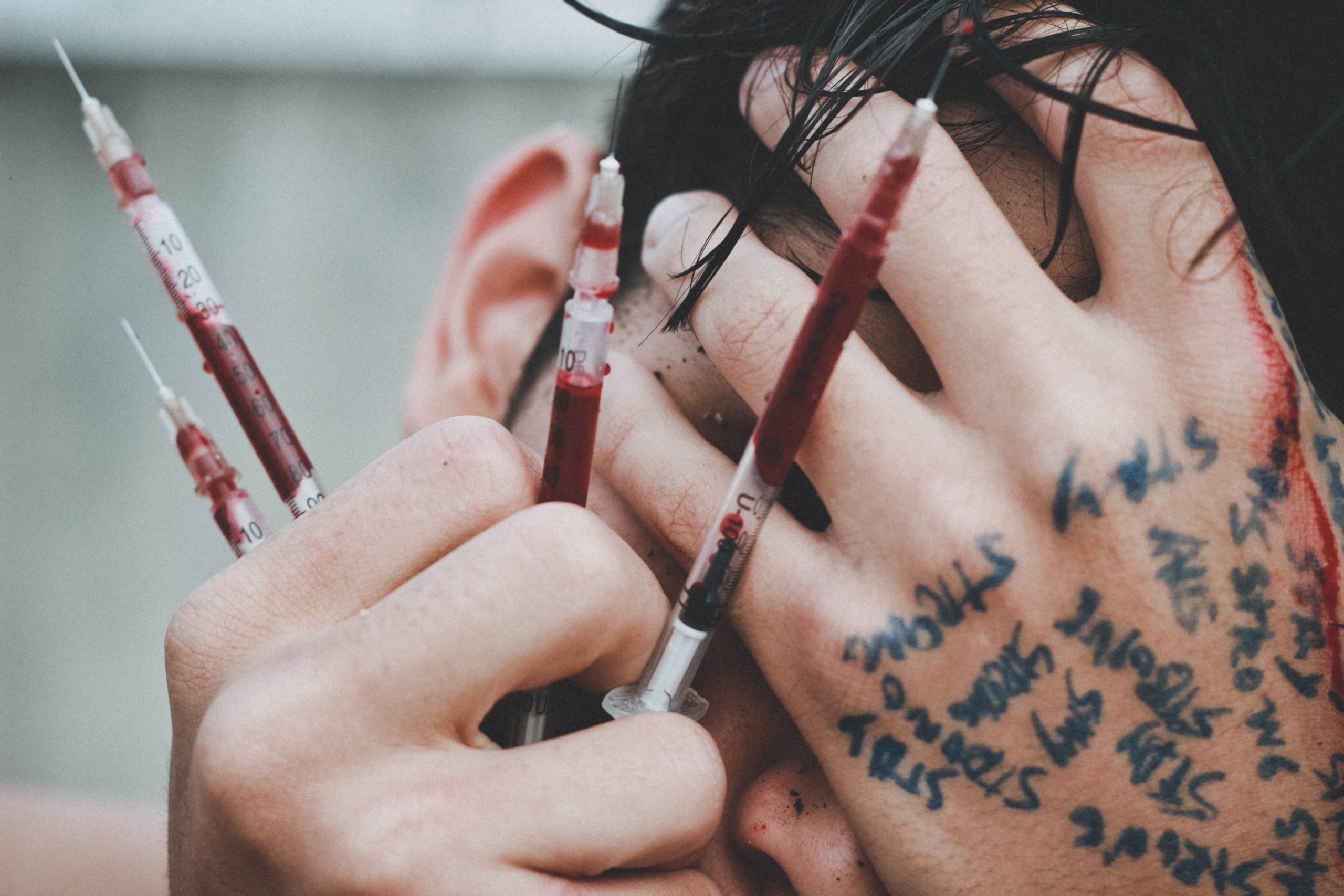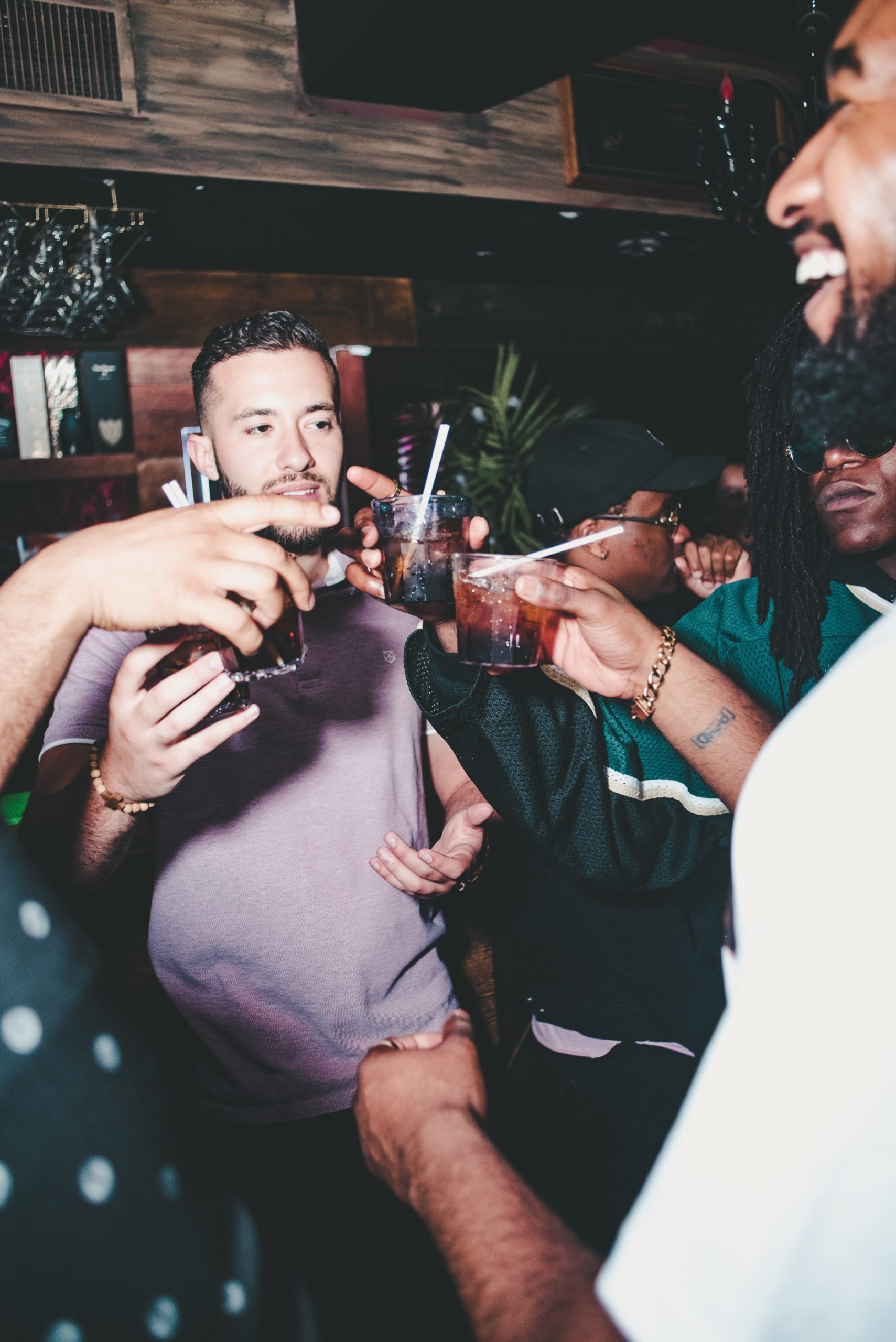What Is Alcoholic Nose?
Alcoholic nose, a slang term used to describe a swollen, red, bumpy nose, was thought to be caused by drinking too much alcohol. It was believed that this skin condition only affected those with alcohol use disorder (AUD), a medical condition defined by the uncontrollable use of alcohol despite the negative consequences. First, the term “alcoholic” is considered to be a stigmatizing, outdated term that’s rarely used in today’s recovery culture and literature.
Second, rhinophyma (the medical term for “alcoholic nose”), is a rare condition that typically affects Caucasian males between the ages of 50 and 70 and is an advanced stage of rosacea. It’s characterized by a thickening and reddening of the skin; broken blood vessels; pitting and scarring, and a bulbous or disfigurement of the nose.
While the firming and thickening of skin and discoloration are most commonly seen on the nose, these symptoms may appear elsewhere, including the chin, forehead, cheeks, ears, and eyelids.
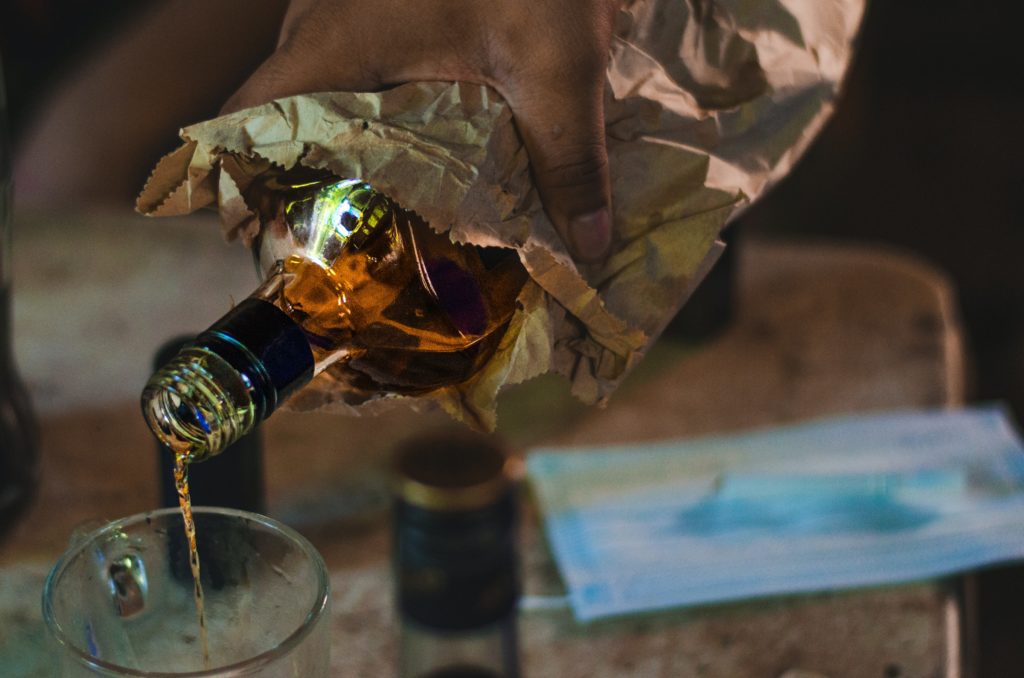
Historically, rhinophyma (alcoholic nose) has been mistakenly linked to alcohol consumption, but there has been no substantiated evidence that excessive alcohol use, is in any way related to rhinophyma. Instead, this incorrect association has created a stigma for individuals with rhinophyma as well as a host of inconsiderate colloquial terms, including:
- Alcoholic nose
- Gin blossom
- Potato nose
- Drinker’s nose
- Whiskey nose
Alcoholic Nose Infographic
Alcoholic nose is a colloquial term for a swollen, red, bumpy nose that is thought to be caused by excessive alcohol consumption.
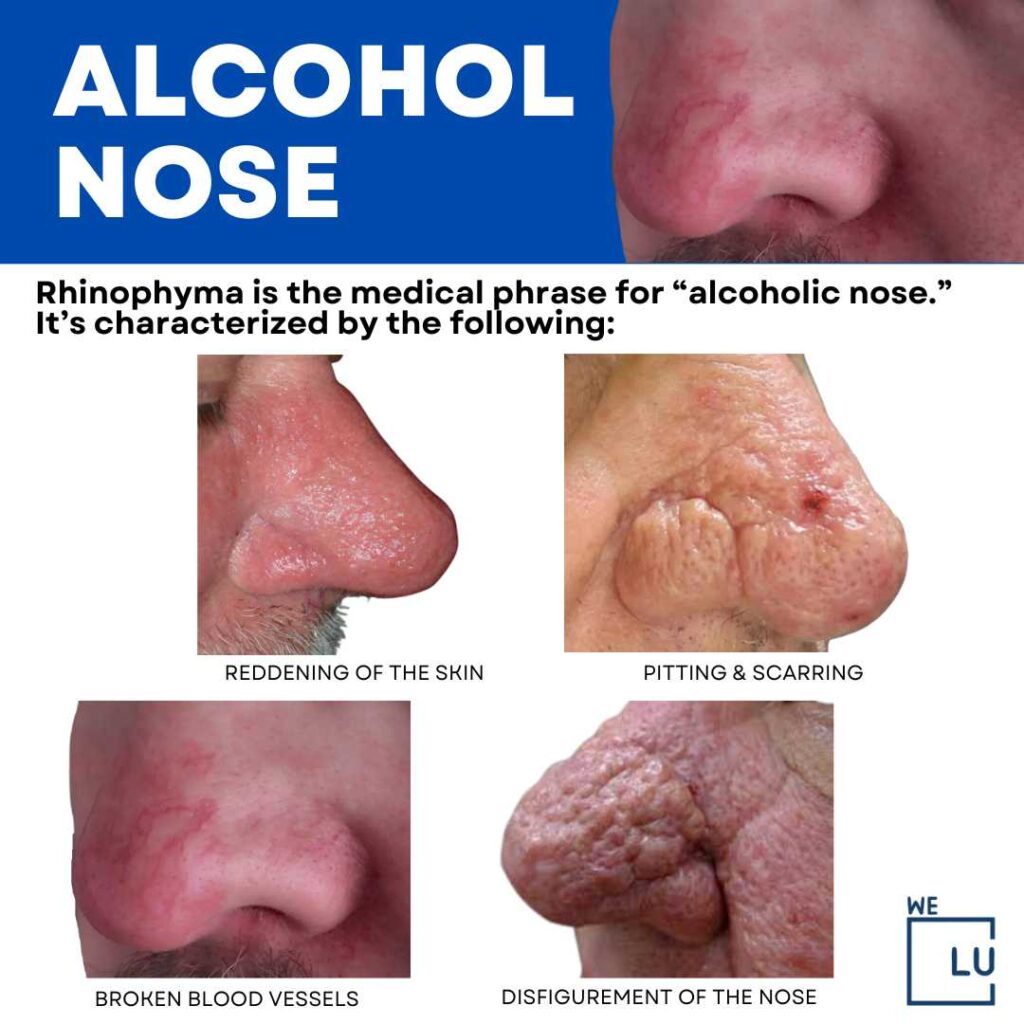
Embed the above “Alcoholic Nose” Infographic to your Website. This infographic is provided by the We Level Up addiction treatment center team. To use the above infographics, you agree to link back and attribute its source and owner at https://welevelupwa.com/rehab/alcoholic-nose/
Alcoholic Nose image link: https://welevelupwa.com/wp-content/uploads/2023/05/Alcohol-Nose-1024×1024.jpg.
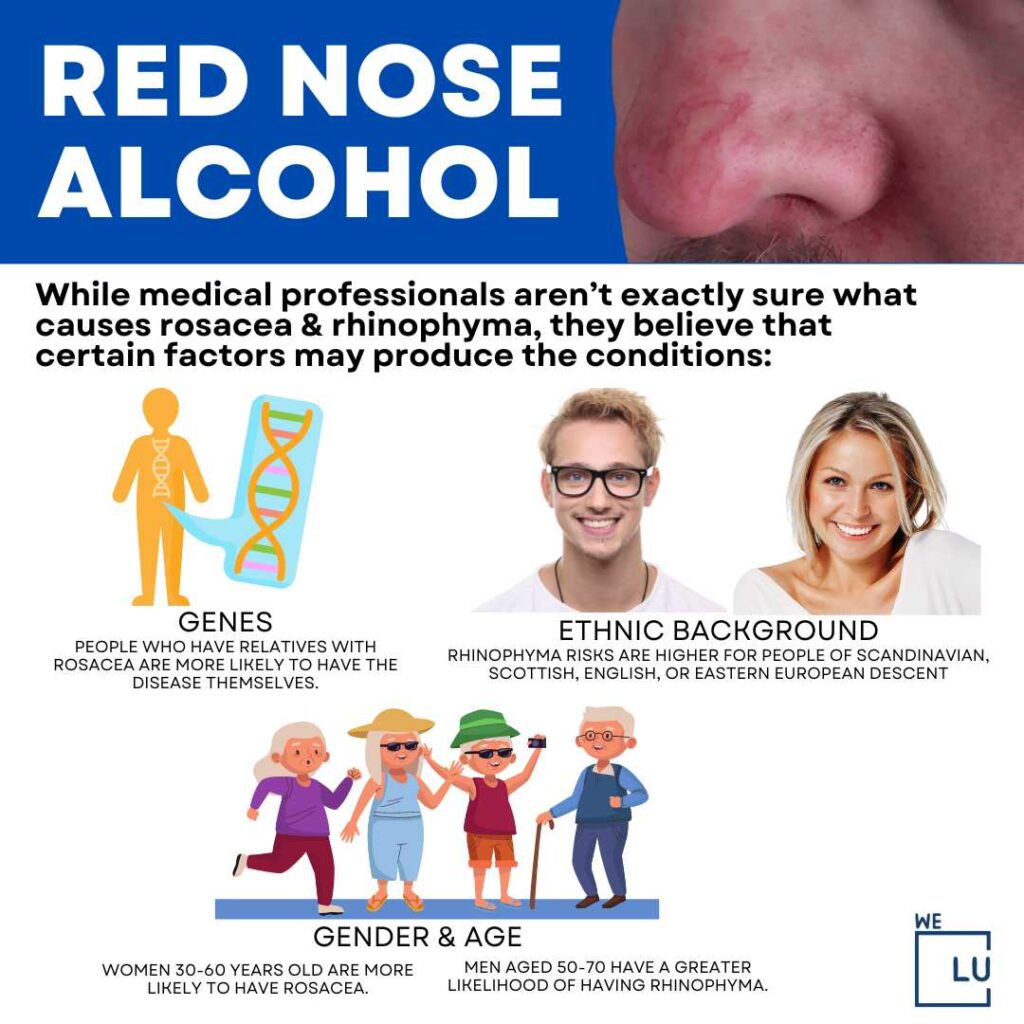
Embed the above “Red Nose Alcoholic” Infographic to your Website. This infographic is provided by the We Level Up addiction treatment center team. To use the above infographics, you agree to link back and attribute its source and owner at https://welevelupwa.com/rehab/alcoholic-nose/
Red Nose Alcoholic image link:https://welevelupwa.com/wp-content/uploads/2023/05/Red-Nose-Alcohol-1024×1024.jpg
What is the Difference Between Rhinophyma and Rosacea? Alcoholic Nose
Rosacea, a common skin disease tends to cause redness first on the cheeks and nose but may spread to the forehead, chin, neck, chest, and back. The symptoms tend to occur in stages and progress. This progression may include:
- Plaques, or raised patches of skin
- Edema, or swelling due to the buildup of fluid, typically on the forehead, upper eyelids, nose, and cheeks
- Dry, scaly, or rough skin
- Oily skin
- Thickened skin
- Flushing or blushing easily
- Persistent redness
- Lesions
- Pus-filled bumps or pimples
- Visibly broken blood vessels
- A burning or stinging sensation on the skin
The exact cause of rosacea is unknown, but doctors say genetics and environmental factors likely make some individuals more susceptible to the condition. There’s no cure for rosacea, but there are several ways individuals can prevent flare-ups, including knowing what triggers them. Factors that can make rosacea symptoms worse include:
- Exposing your skin to extreme weather—hot or cold temperatures or strong winds, for example
- Participating in strenuous activity or exercise
- Being in the sun
- Taking hot baths
- Drinking alcohol
- Eating spicy food, or hot (in temperature) food and drinks
- Experiencing stress or anxiety
- Using harsh facial cleaners and products
Rhinophyma (alcoholic nose) is the final and most severe stage of acne rosacea. It manifests as thickening skin on or around the nose. If left untreated, rhinophyma can cause medical problems, including respiratory issues that can make it difficult to breathe.
Signs of Rhinophyma (Alcoholic Nose)
Because acne rosacea is the precursor to rhinophyma (alcoholic nose), individuals typically experience some or many symptoms of rosacea (above) first. signs and symptoms of alcoholic nose or rhinophyma may include:
- Bumps on the skin, especially around the nose
- Thickening of the skin on or around the nose
- Broken blood vessels
- Enlarged pores
- Oily skin
However, rosacea and rhinophyma (alcoholic nose) affect more than a person’s skin. The long-term skin condition changes a person’s physical appearance; thus, increasing an individual’s risk of developing anxiety and depression as a result. Individuals living with rosacea and rhinophyma report that it impacts their social life, too. Therefore, besides seeing a dermatologist regularly, individuals are urged to visit a mental health professional or join a support group.
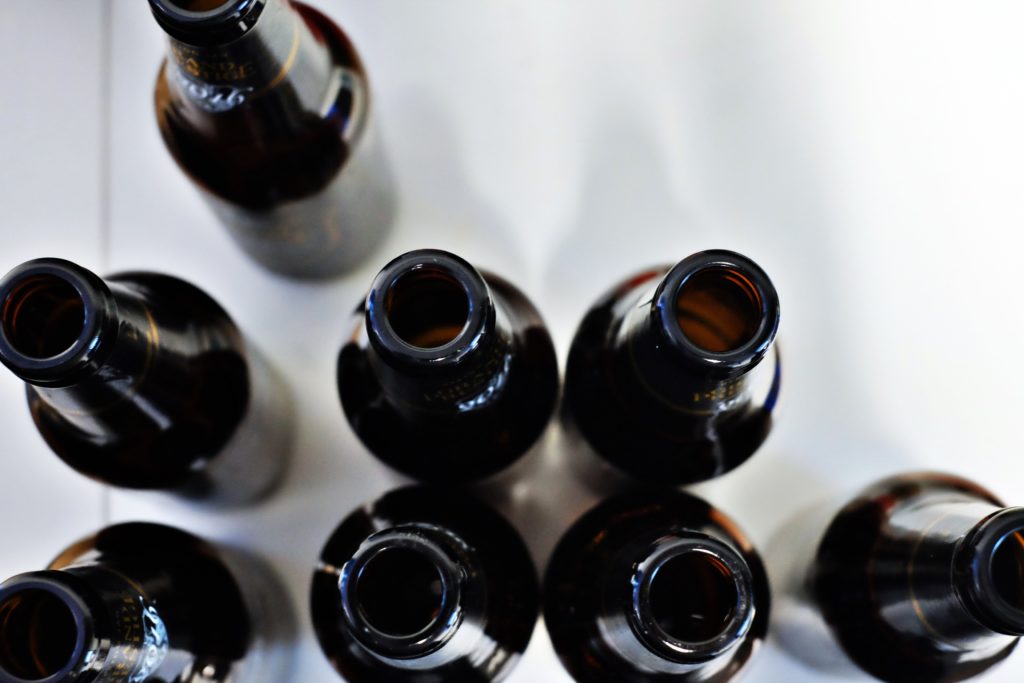
Alcoholic Nose Treatment
There is no cure for rhinophyma, but there are several options that health care providers use to address the skin condition and help to improve the individual’s self-confidence and emotional well-being. Each modality offers several different strategies as well. These include:
- Medications. Doctors may prescribe topical treatments and/or oral antibiotics to help manage rhinophyma.
- Surgical procedures Doctors remove tissue and recontour the nose, often using multiple methods during surgery.
- Laser therapies. Radiofrequency and plasma are used to help remove the excess tissue and reshape the nose.
Tips to Prevent Rhinophyma or Alcoholic Nose
While there is no direct correlation between rhinophyma and alcohol use, drinking alcohol tends to bring blood to the skin’s surface, and may aggravate the condition. Therefore, the American Academy of Dermatology Association suggests that individuals with rosacea make healthy lifestyle changes to prevent the condition from getting worse or potentially leading to other diseases (though there is no conclusive evidence that rosacea causes other negative health conditions). Dermatologists recommend individuals with rosacea:
- Eat a healthy, balanced diet
- Maintain a healthy weight
- Exercise most days of the week
- Stop smoking
- Limit alcohol consumption or abstain completely
- Reduce stress
- See a doctor regularly to prevent rosacea from getting worse
- Schedule an appointment with a dermatologist to report any changes
Alcohol Use Disorder (AUD) in the United States
According to the 2019 NSDUH, 14.5 million people ages 12 and older had AUD. This number includes 9.0 million men and 5.5 million women. This problem threatens a big number of young people too, as stated by the same source, an estimated 414,000 adolescents between the ages of 12 to 177 had AUD. This number includes 163,000 males and 251,000 females.
An estimated 95,000 people, approximately 68,000 men, and 27,000 women die from alcohol-related causes annually, making alcohol the third-leading preventable cause of death in the United States. The first is tobacco, and the second is poor diet and physical inactivity.
Causes of Alcoholism
It is common to think this condition arises from a person who simply does not know how to control their alcohol consumption and is trapped in a vicious circle, but according to the scientific piece ‘The many causes of Alcoholism’ Cohen, S. Published on the Drug Abuse & Alcoholism Newsletter, there are three main causes of alcoholism disease: biological, physiological, and sociocultural.
- Biological causes may be:
- Genetic: “inherited susceptibility to alcohol’s acute effects, impaired ability to catabolize ingested alcohol, or difficulty in dealing with anxiety, frustration, and depression”.
- Biochemical: insulin sensitivity, episodes of spontaneous hypoglycemia, or adrenal insufficiency.
- Or endocrine: persistently low levels of androgenic hormones.
- Among the psychological causes of Alcoholism are:
- Need for tension relief and anxiety control
- Personality disorders
- Psychodynamic factors
- Learning: tension reduction from drinking provides a positive reinforcement to continue drinking
- Role modeling: peer example or occupational pressures
- Culture-specific drinking traditions and those stresses and conflicts experienced by certain subcultures also contribute to overindulgence in alcohol
Alcohol’s Effects on the Body
The effects of a drink of alcohol can vary a lot from one person to the next, but it usually takes about an hour for your body to metabolize one drink. Alcohol stays in the body for different periods depending on how much you drank, your body weight, and your sex. Factors that influence how quickly alcohol leaves the system include your age, height and weight, and amount of food in your stomach at the time you drink.
But Alcoholism can affect multiple organs of the body, including the brain, heart, liver, pancreas, and even the immune system.
- Brain: Alcohol interferes with the brain’s communication pathways, and can affect the way the brain looks and works. These disruptions can change mood and behavior, and make it harder to think clearly and move with coordination.
- Heart: Drinking a lot over a long time or too much on a single occasion can damage the heart, causing problems including:
- Cardiomyopathy – Stretching and drooping of the heart muscle
- Arrhythmias – Irregular heartbeat
- Stroke
- High blood pressure
- Liver: Heavy drinking takes a toll on the liver, and can lead to a variety of problems and liver inflammations including:
- Steatosis, or fatty liver
- Alcoholic hepatitis
- Fibrosis
- Cirrhosis
- Pancreas: Alcohol causes the pancreas to produce toxic substances that can eventually lead to pancreatitis, a dangerous inflammation and swelling of the blood vessels in the pancreas that prevents proper digestion.
- Immune System: Drinking too much can weaken your immune system, making your body a much easier target for disease. People who drink chronically are more liable to contract diseases like pneumonia and tuberculosis than people who do not drink too much. Drinking a lot on a single occasion slows your body’s ability to ward off infections – even up to 24 hours after getting drunk.
Treatment for alcoholism
When it comes to Alcoholism treatment, it is normal to think of 12-step programs or 28-day inpatient rehab, but it becomes difficult to think of more options of treatment for this condition. There are a variety of treatment methods currently available. According to the National Institute on Alcohol Abuse and Alcoholism, there are three types of treatment:
- Behavioral Treatments for alcoholism: are aimed at changing drinking behavior through counseling. They are led by health professionals and supported by studies showing they can be beneficial.
- Medications for alcoholism: Three medications are currently approved in the United States to help people stop or reduce their drinking and prevent relapse. They are prescribed by a primary care physician or other health professional and may be used alone or in combination with counseling.
- Peer-Support Groups for alcoholism: Alcoholics Anonymous (AA) and other 12-step programs provide peer support for people quitting or cutting back on their drinking. Combined with treatment led by health professionals, mutual-support groups can offer a valuable added support layer. Due to the anonymous nature of mutual-support groups, it is difficult for researchers to determine their success rates compared with those led by health professionals.
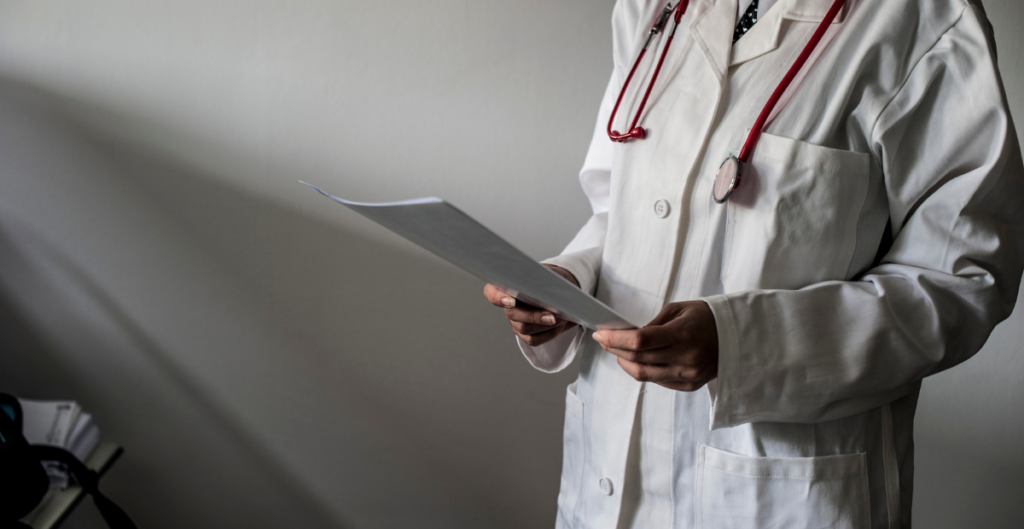
Reclaim Your Life From Alcoholic Nose and Alcoholism – Dual Diagnosis Rehab Washington
An alcoholic nose, a slang term used to describe a swollen, red, bumpy nose, is thought to be caused by drinking too much alcohol. Alcoholism is a severe disease that should not be taken lightly. We Level Up dual diagnosis rehab Washington can provide you, or someone you love, the tools to recover from alcoholism with professional and safe treatment. Feel free to call us to speak with one of our counselors. We can inform you about this condition by giving you relevant information. Our specialists know what you are going through. Please know that each call is private and confidential.
We Level Up Washington Mental Health Center: Primary Mental Health Treatment with Secondary Co-Occurring Treatments
The We Level Up Washington primary mental health center stands ready to help. Offering secondary treatment programs for underlying conditions like alcohol addiction that frequently fuels harmful behaviors. Taking that first step to get the professional support you need can be life-transforming.
We know how mental health disorders and secondary co-occurring substance abuse diagnoses directly affect one another. The We Level Up Washington treatment center provides recovery programs through science-based mental health treatments that can help you feel better. Call us now for a free mental health evaluation!
Inpatient medical detox and residential primary addiction treatment may be available at affiliated facilities at other We Level Up Treatment Centers locations beyond the Washington treatment facility.
Sources
[1] Laun, J., Gopman, J., Elston, J. B., & Harrington, M. A. (2015). Rhinophyma. Eplasty, 15, ic25.
[2] Dick, M. K., & Patel, B. C. (2021). Rhinophyma. In StatPearls. StatPearls Publishing.
[3] Chauhan, Ruvi, Loewenstein, Scott N., and Hassanein, Aladdin H. (2020). Rhinophyma: Prevalence, Severity, Impact, and Management. Clinical, Cosmetic and Investigational Dermatology, 13, 537-551.
